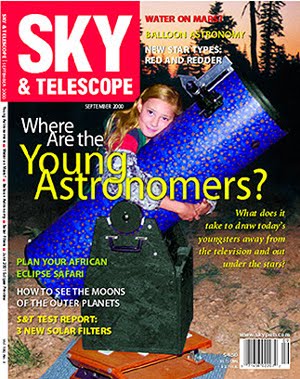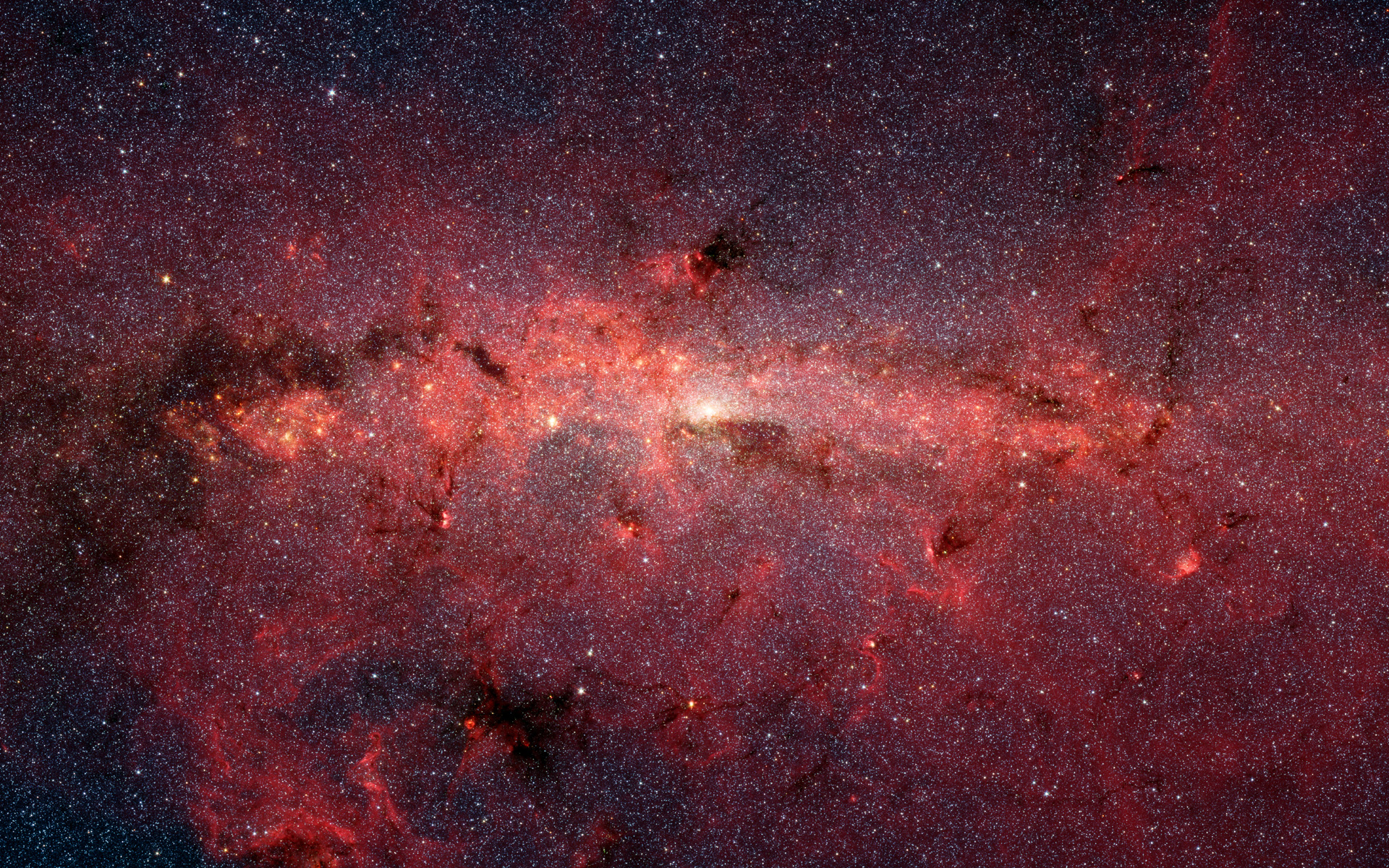Last night, after we got the kids in bed, and was able to fix Pat and myself a warm evening drink to take outside, the two of us spent some time out back in the hot tub enjoying the views of a mostly clear sky, bright constellations and nearly full moon.
I was looking at Orion, and comparing the brightness of Betelguise compared to Procyon and Aldebaran (the former seems brighter to me naked eye, with the two latter being of about equal brightenss, at least last night), when I kept finding my eye wandering back to the moon, then back down below Orion.
It dawned on me that I was looking at the shape of Lepus, the Hare, and that I was also seeing the Lunar Hare.
The Lunar Hare? Some of you know this creature. No, Jay, it is not Harvey (and I would think you are familiar with the Lunar Hare).
We all grew up knowing the Man in the Moon. But, there are other faces of the moon as well. There is the Lady in the Moon, the Lunar Crab and the Lunar Hare. I clearly saw the Lunar Hare. Let me describe it for you:
The Hare's back feet are comprised of Mare Fecunditatis, furthest to the rear, and Sinus Asperitatis along with Mare Nectaris for the fore of the hind feet. Mare Tranquillitatis and Mare Serenitatis make up the hind quarters, and Mare Crisium the puffy tail.
Its main body is Mare Imbrium, Sinus Aestuum and Mare Insularum, with Copernicus perhaps being the rabbity heart. Mare Humorum, Mare Nubium and Mare Cognitum make up the front legs, with the large Oceanus Procellarum being the animal's head. Extending along the northern limb of the moon, back from the Oceanus, is Sinus Roris, extending back through Mare Frigoris, making the recognizable shape of the bunny's ears.
It is unmistakeable once you notice it.
Well, where did this vision of the moon have its origins? Sure, we can see a rabbit up there, even though we do not see it as we do a man, due to our cultural view. But, certainly, other cultures saw different faces of the moon.
The Hindus called the moon "Cacin, or Sasanka"... marked with the Hare, from the story told of Sakya muni (Buddha). This holy man, in an early stage of his existence, was a hare, and when in company with an ape and a fox, was applied to by the god Indra, disguised as a beggar, who, wishing to test their hospitality, asked for food. All went in search of it, the hare alone returning unsuccessful; but, that he might not fall short in duty to his guest, had a fire built and cast himself into it for the latter's supper. In return, Indra rewarded him by a place in the moon where we now see him. Other Sanskrit and Cingalese tales mention the palace of the king of the hares on the face of the moon; the Aztecs saw there the rabbit thrown by one of their gods, and the Japanese, the Jeweled hare pounding omochi, their rice dough, in a mortar. Even the Khoikhoin, the Hottentots of South Africa, and the Bantus associated the hare and the moon, and connected them in story, asserting that the hare, ill treated by the moon, scratched her face and we still see the scratches.
The moon is full of lore. As are the stars. Go out tonight, if you can, and try to find the Hare. It amazes me how cross-cultural this view of the moon is.
BTW.... does anyone know why the moon is made of "cheese"? C'mon Hales and Shade, you two should be the experts here...
(How to see the Hare in the moon reference from: Seeing The Sky by Fred Schaaf. Cultural references to the Hare in the Moon from: Star Names (Their Lore and Meaning) by Richard Hinckley Allen.)












No comments:
Post a Comment